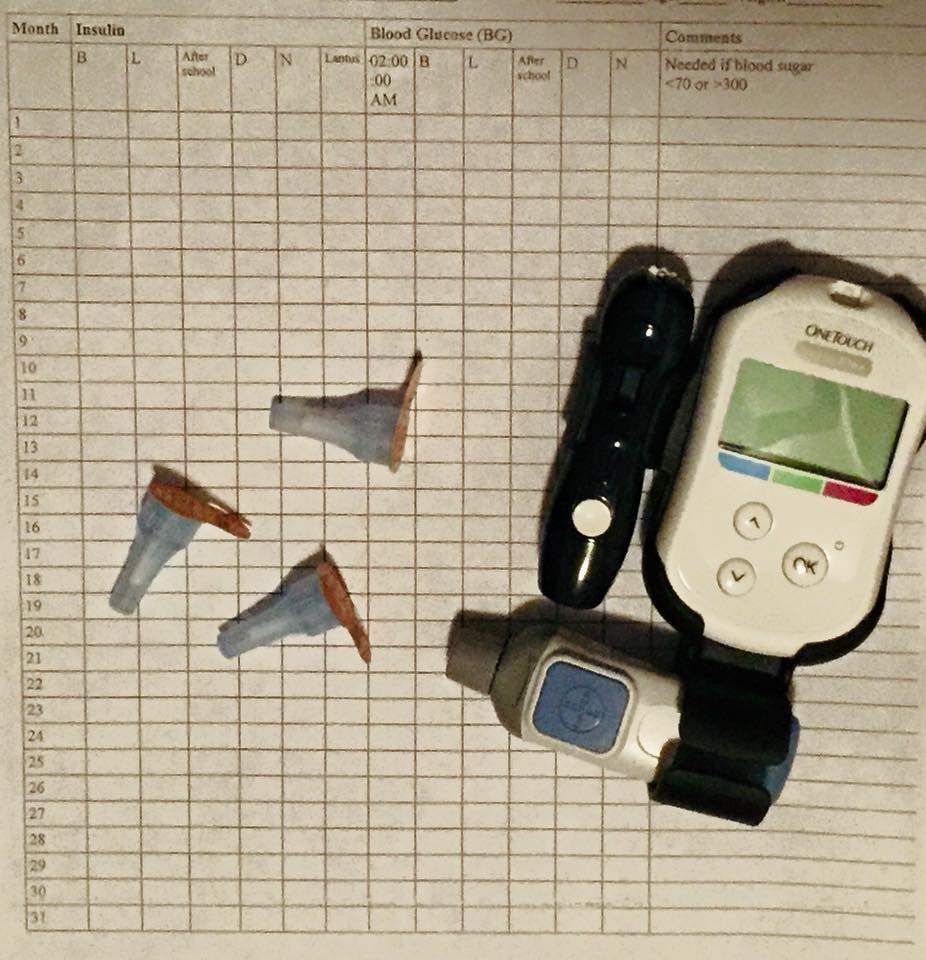Some popular Type 2 diabetes drugs could have a deadly side-effect, warns the Food and Drug Administration (FDA). They have been linked with Fournier’s gangrene, a flesh-eating bacterial infection of the genital area. Twelve patients are known to have developed the condition, and there may be even more, the agency noted. All were hospitalized and underwent a disfiguring surgical procedure, and one patient died. The group all began taking the medications in the five-year span between March 2013 and May 2018.
Fournier’s gangrene is an infective “necrotising fascitis” (flesh-eating) disease that invades the genitals and surrounding area, according to the National Center for Biotechnology Information (NCBI). It is a condition “which commonly affects men, but can also occur in women and children,” the center added. The bacteria typically enter the body “through a cut or break in the skin, where they quickly spread and destroy the tissue they infect,” said the FDA. The infection is generally not considered to be contagious, and the agency stressed the bacteria require an entrance into the skin, usually by local trauma to the genital region, in order to take over the area. There will be an open wound in this region, and a bacterial condition will be present, according to Healthline and William Morrison, MD.

In its announcement, the FDA indicated, “Having diabetes is a risk factor for developing Fournier’s gangrene; however, this condition is still rare among diabetic patients.” There has been a total of only six known cases, all in men, in a review of all other diabetes drug classes over the past thirty years.
The drugs in the most recent warning include Johnson & Johnson’s Invokana, AstraZeneca Plc’s Farxiga and Eli Lilly & Co.’s Jardiance. These are all sodium-glucose contransporter-2 (SGLT2) inhibitors, approved for use by Type 2 diabetics in 2013, 2013 and 2016, respectively. They include canagliflozin, dapagliflozin, empagliflozin, and ertugliflozin, which all lower blood-sugar levels via the kidneys by excreting excess sugar into the urine. Sometimes they can cause urinary tract infections, a well-known side effect.
The SGLT2 drugs are still available and the manufacturers are expected to gross as much as $7.1 billion in sales of this class by 2020. The FDA estimates about 1.7 million patients picked up a prescription for one of the medications at their local pharmacy last year alone. Merck & Co.’s Steglujan is the only drug in the class that has yet to be linked to the bacterial infection only because it was most recently approved.
AstraZeneca responded by stating it will work with the FDA to update the labeling of Farxiga. There is no word yet regarding whether the others have begun to make similar efforts to warn consumers but will likely begin to modify their labels shortly.
The FDA has recommended that patients and physicians watch closely for symptoms of the disease developing including, “tenderness, redness, or swelling of the genitals or the area from the genitals back to the rectum…a fever above 100.4 F or a general feeling of being unwell.” It added the symptoms can worsen quickly, so it’s important to get help immediately. Patients should keep their doctors informed of any noticeable changes.
Sources:
Widely Used Diabetes Drug Can Cause Flesh-Eating Genital Infection
Everything You Should Know About Fournier’s Gangrene
Dangerous genital infection linked to common diabetes meds, FDA warns


Join the conversation!